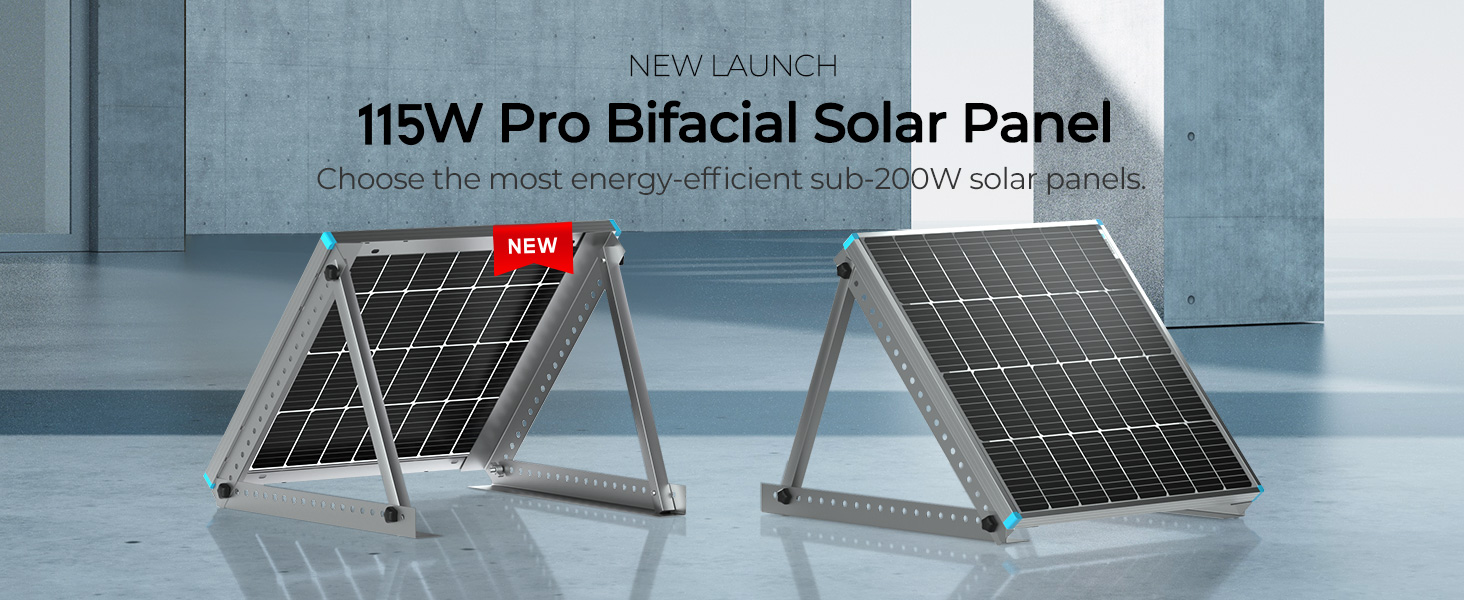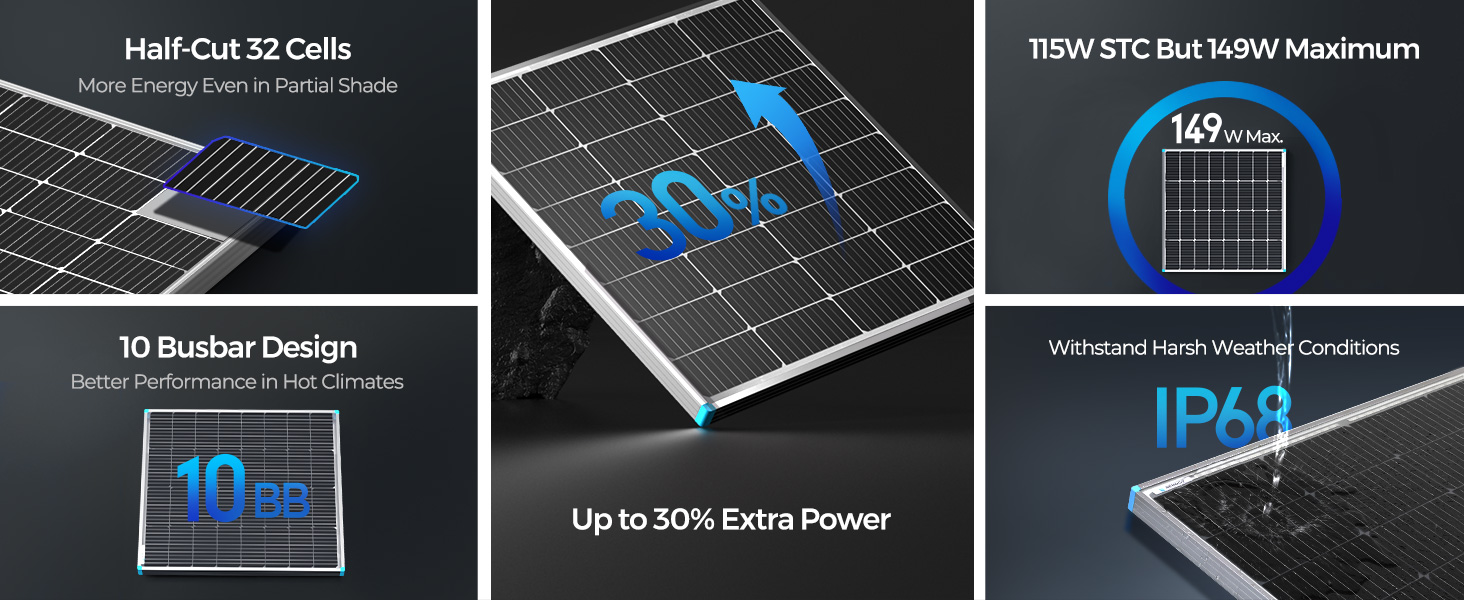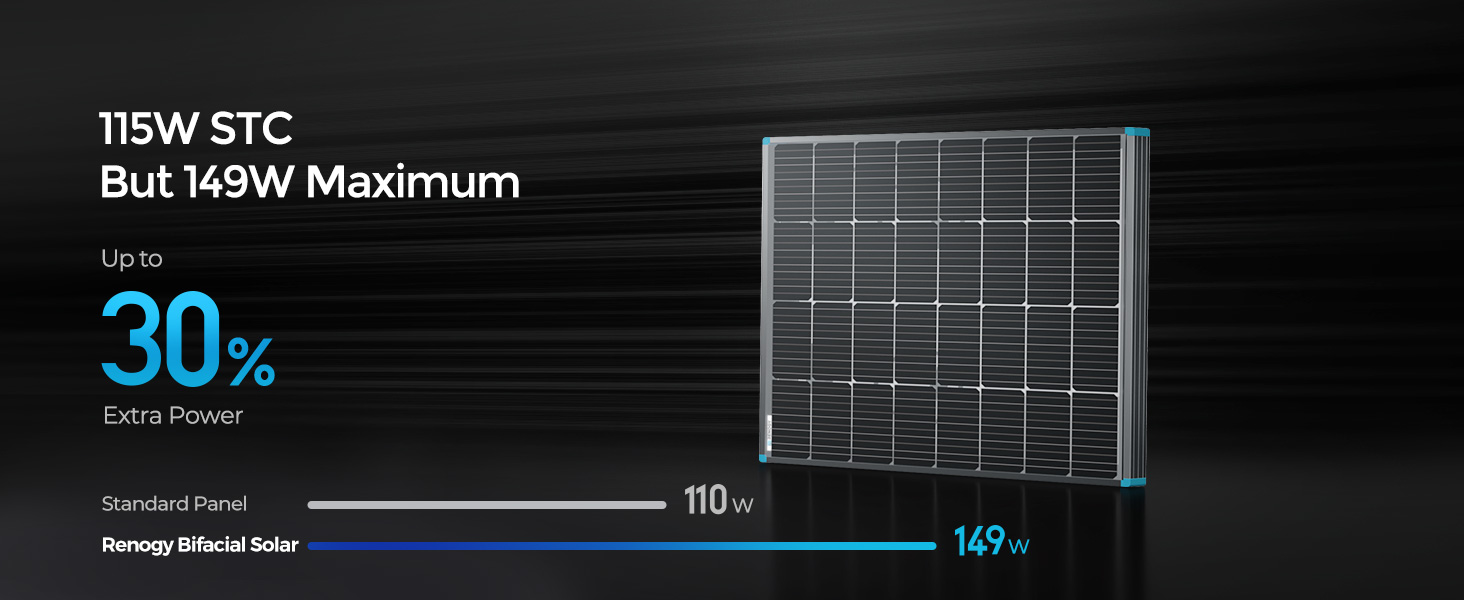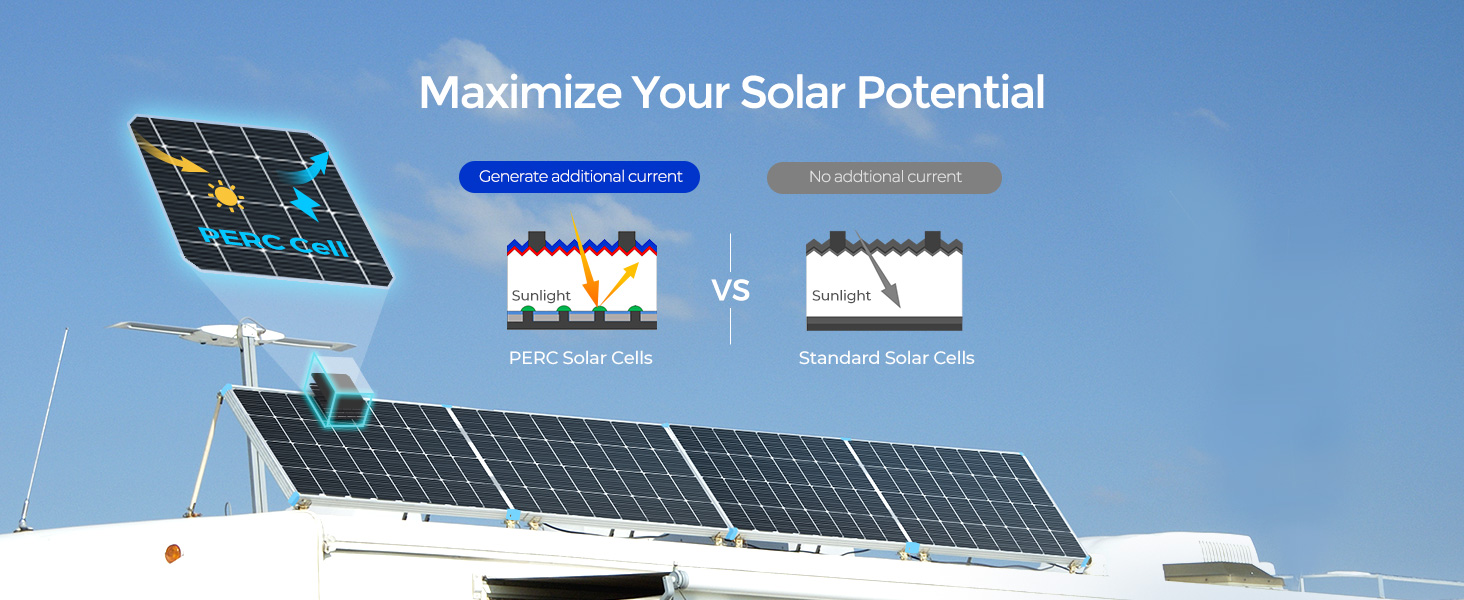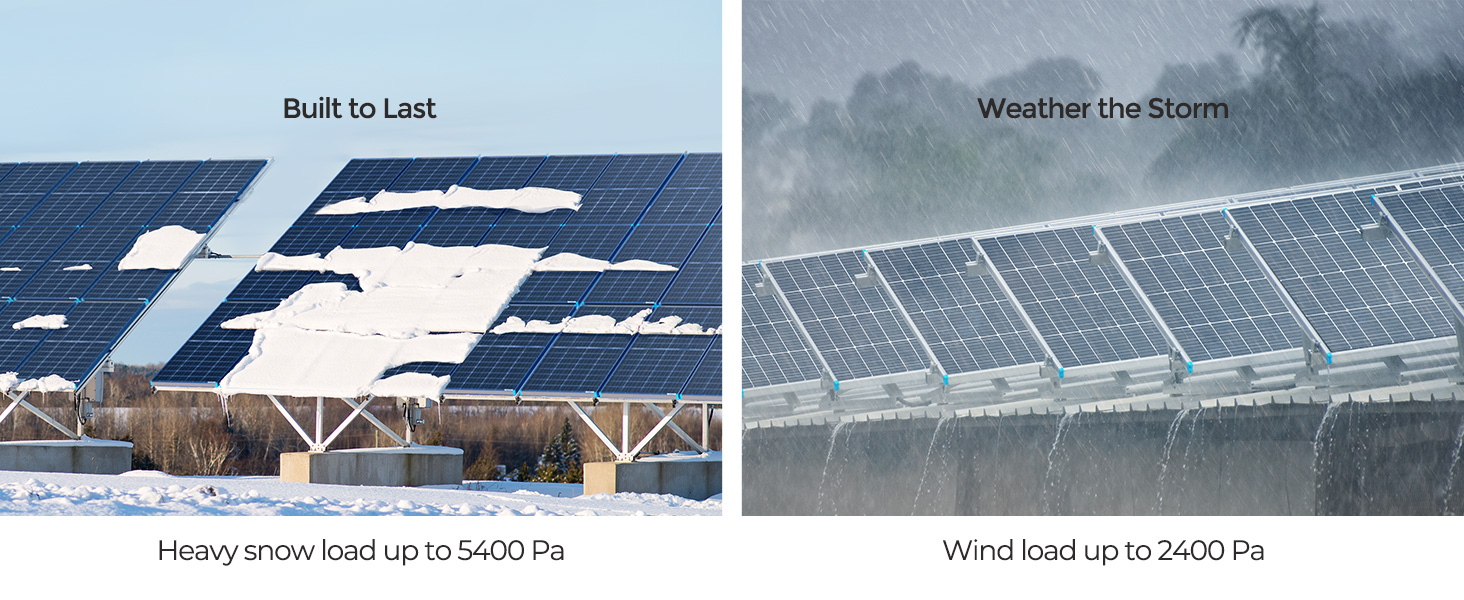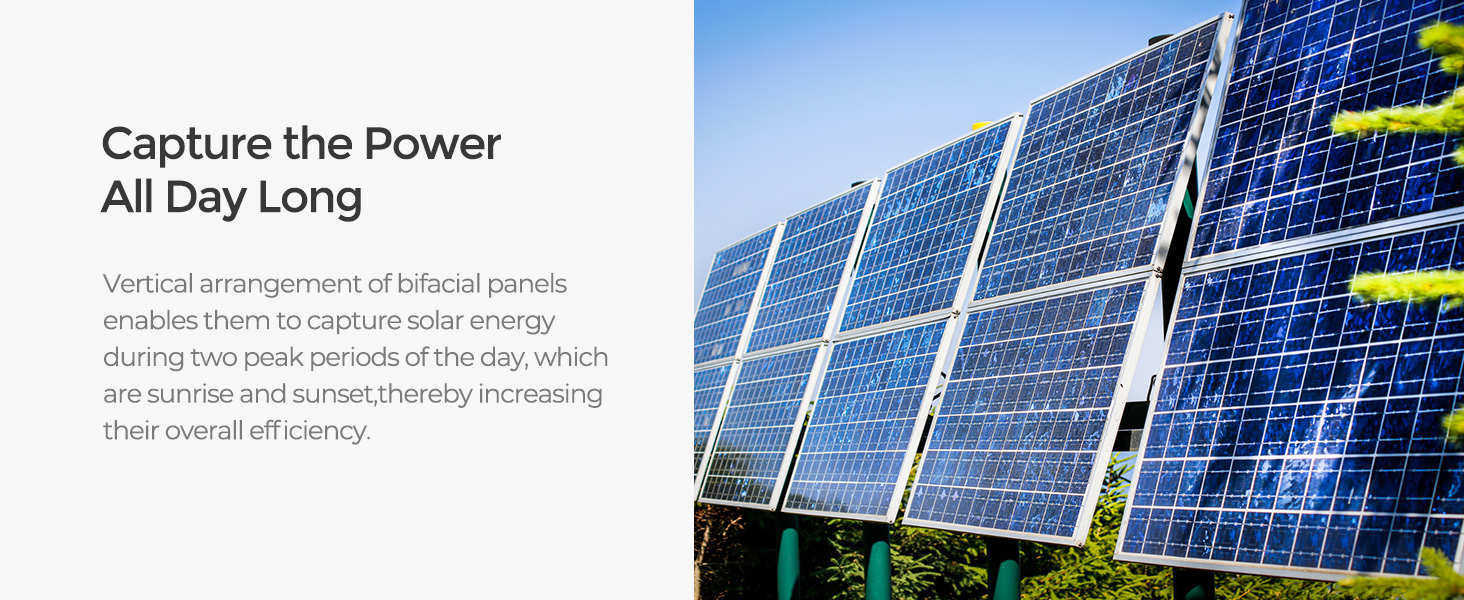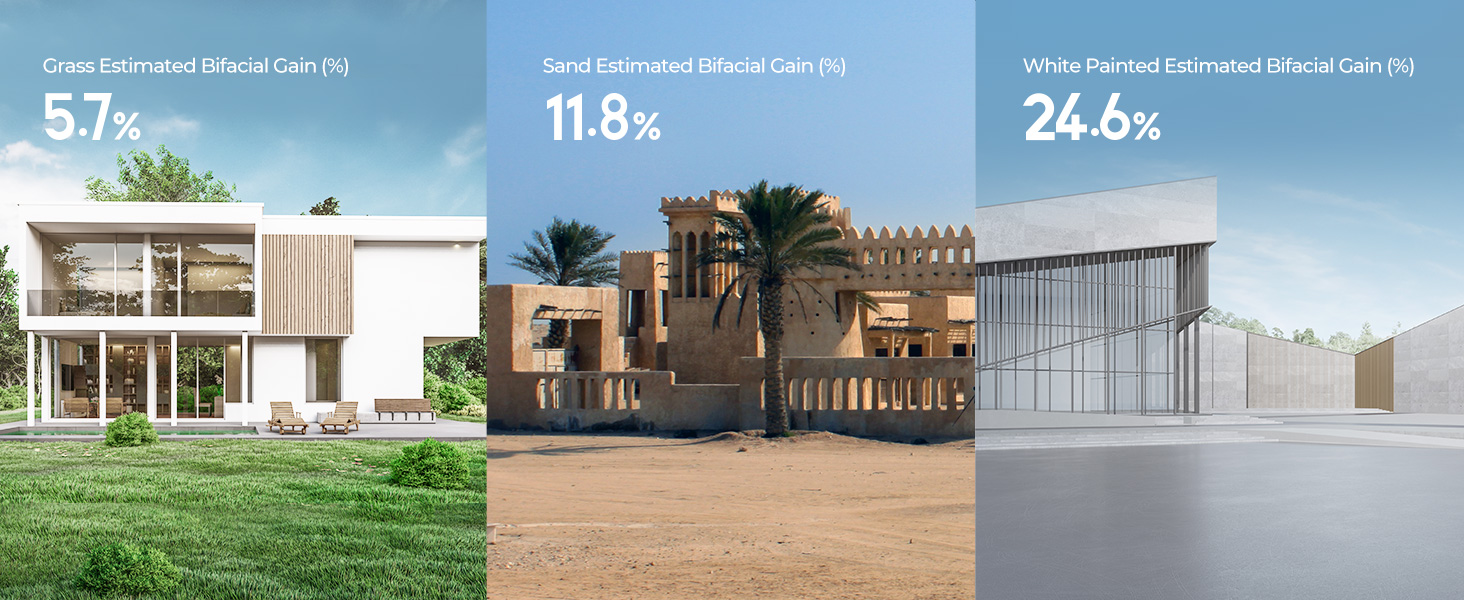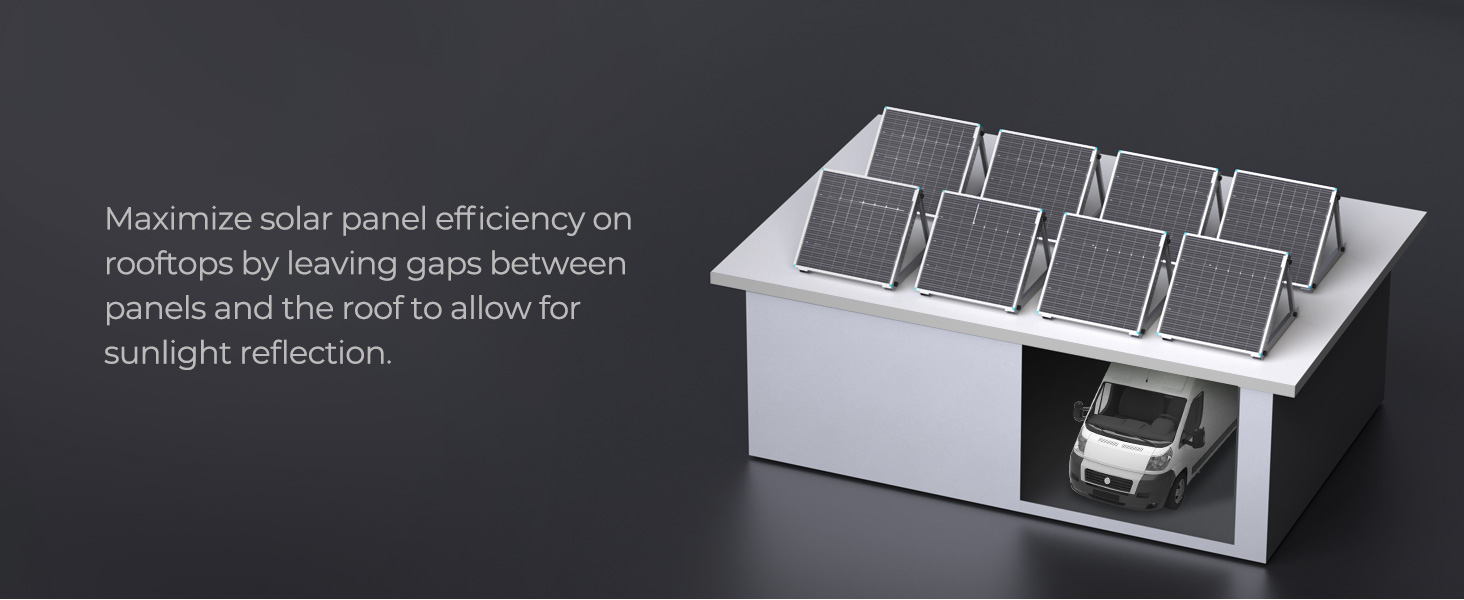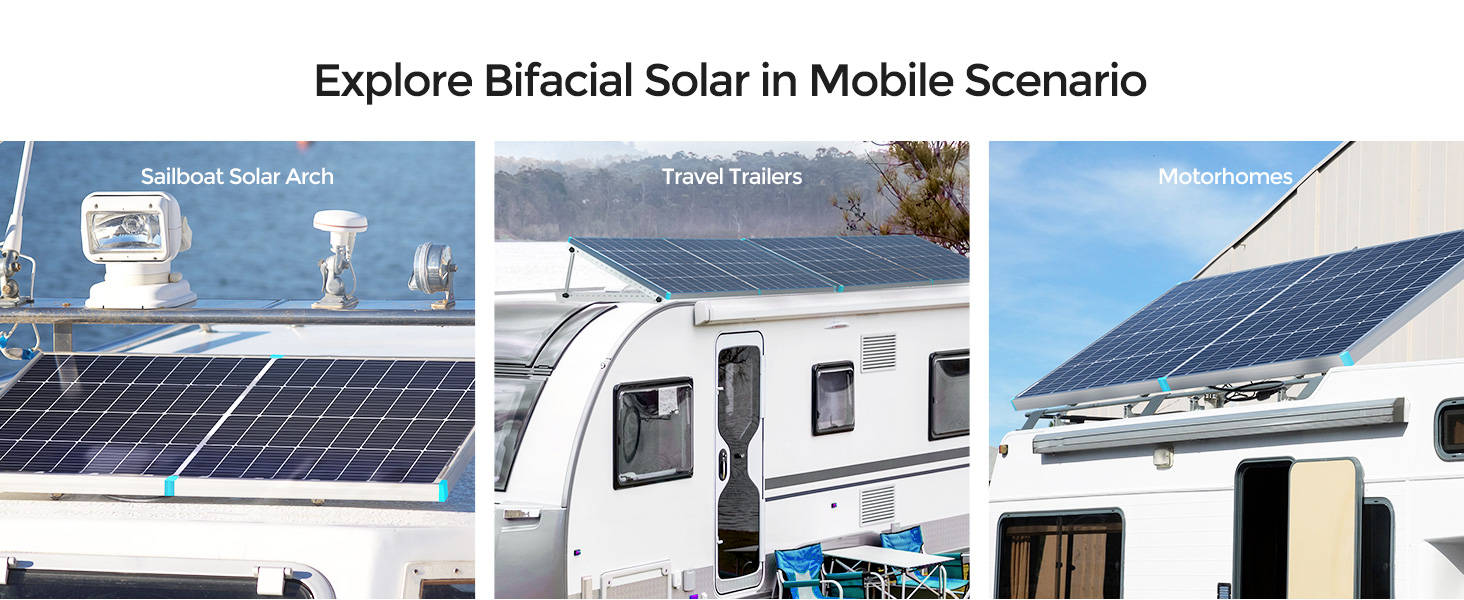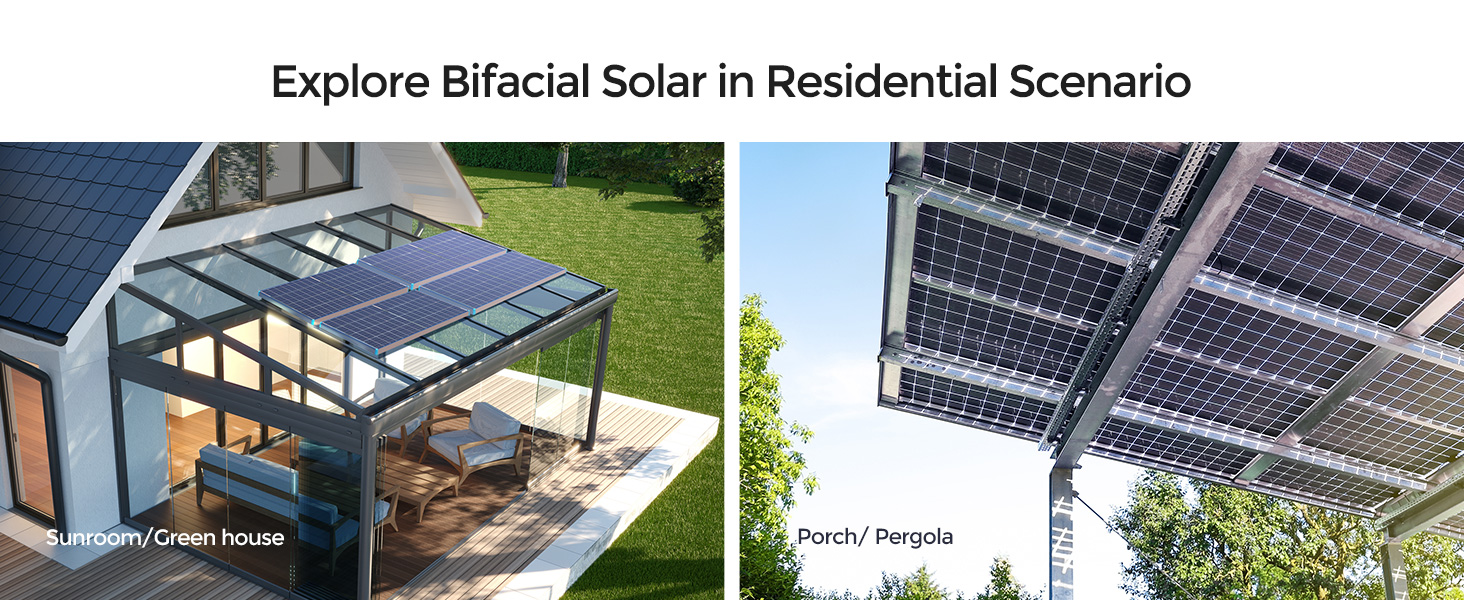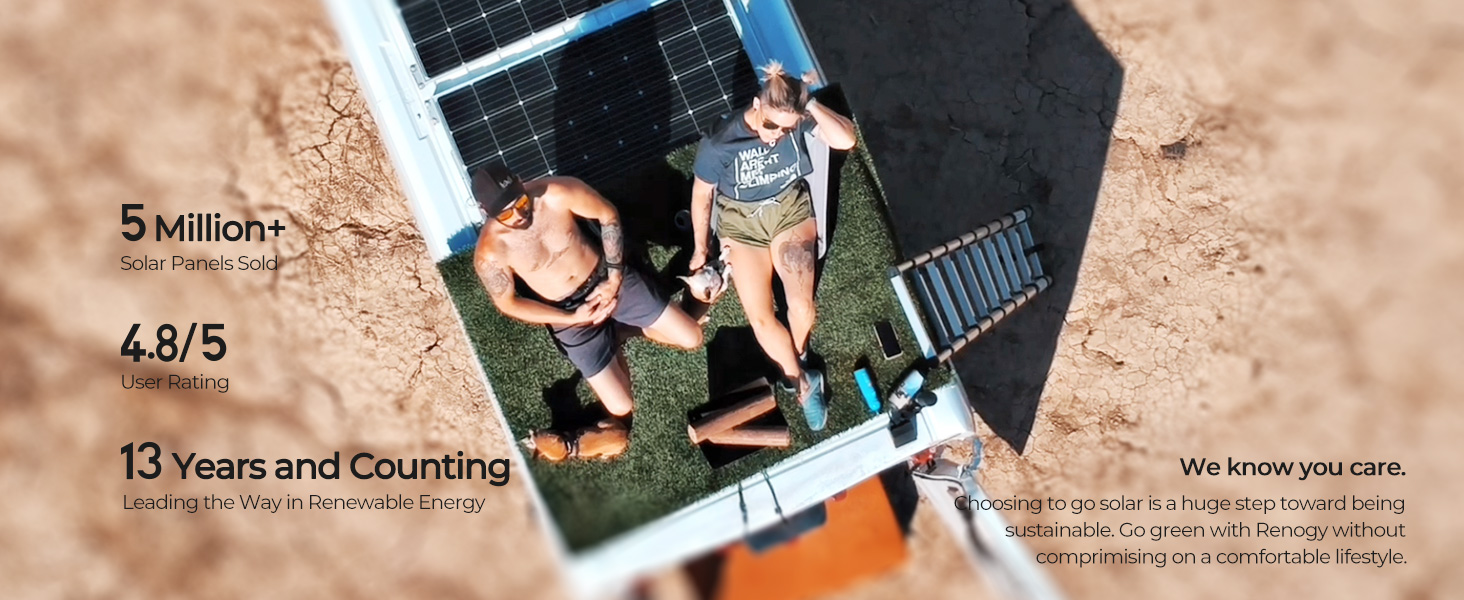High in power, compact in size, this Renogy Bifacial 115 Watt 12 Volt Monocrystalline Solar Panel is the perfect option for any off-grid application. Ideal for RVs, motorhomes, cabins, marine areas, home backup power, and more.
Renogy's latest innovative 115W bifacial solar panel is among the best solar panels for marine and RV applications, offering up to 30% higher energy output than traditional solar panels thanks to its bifacial design that captures sunlight from both sides. Featuring premium Grade A+ monocrystalline solar cells, PERC technology, half-cut cells, 10 busbars, and bypass diode network, this monocrystalline solar panel ensures high solar cell efficiency and solar panel output. It is a great option that can provide power even in the toughest environmental conditions.
If you have any questions regarding this product, please submit a case.
- If you have any questions regarding this product, please submit a ticket for troubleshooting assistance.
Package Include
- Bifacial 115 Watt 12 Volt Monocrystalline Solar Panel x 1
- Ewarranty card x 1
| Specifications | |
|---|---|
| Max Power at STC: 115W | Open Circuit Voltage: 21.9V |
| Short Circuit Current: 6.70A | Optimum Operating Voltage: 18.8V |
| Optimum Operating Current: 6.12A | Maximum System Voltage: 1000VDC |
| Maximum Series Fuse Rating: 15A | Module Efficiency: 18.6% |
| Operating Temperature: -40°F~194°F / -40℃~90℃ | Dimensions: 786x763x30mm/30.9x30.0x1.2in |
| Weight: 6.1kg/13.5lbs | |
| CERTIFICATIONS | |
| Manufactured in a Certified ISO 9001 Facility: YES |
Warranty Information
| Material and workmanship warranty: 10 Years | Performance Warranty: 5 year 95% output warranty 10 year 90% output warranty 25 year 80% output warranty |





















